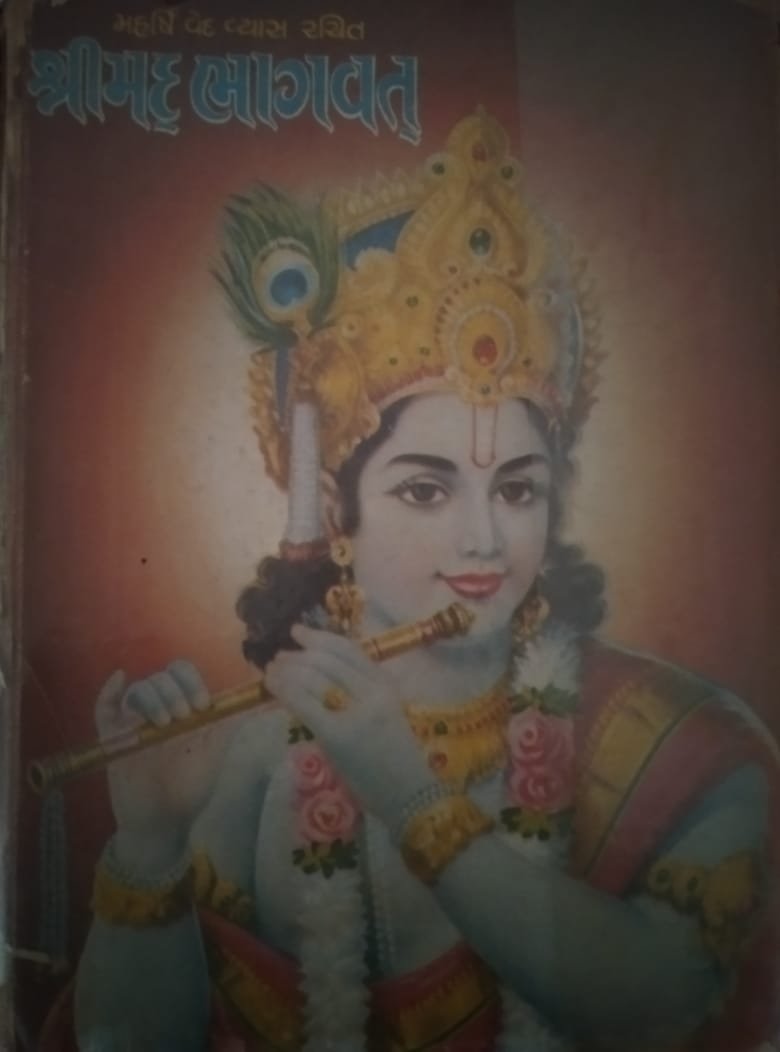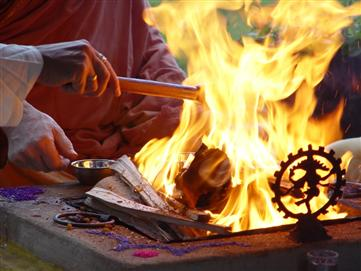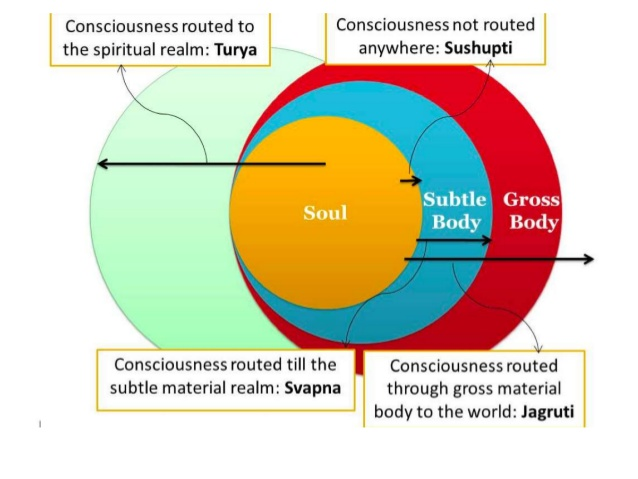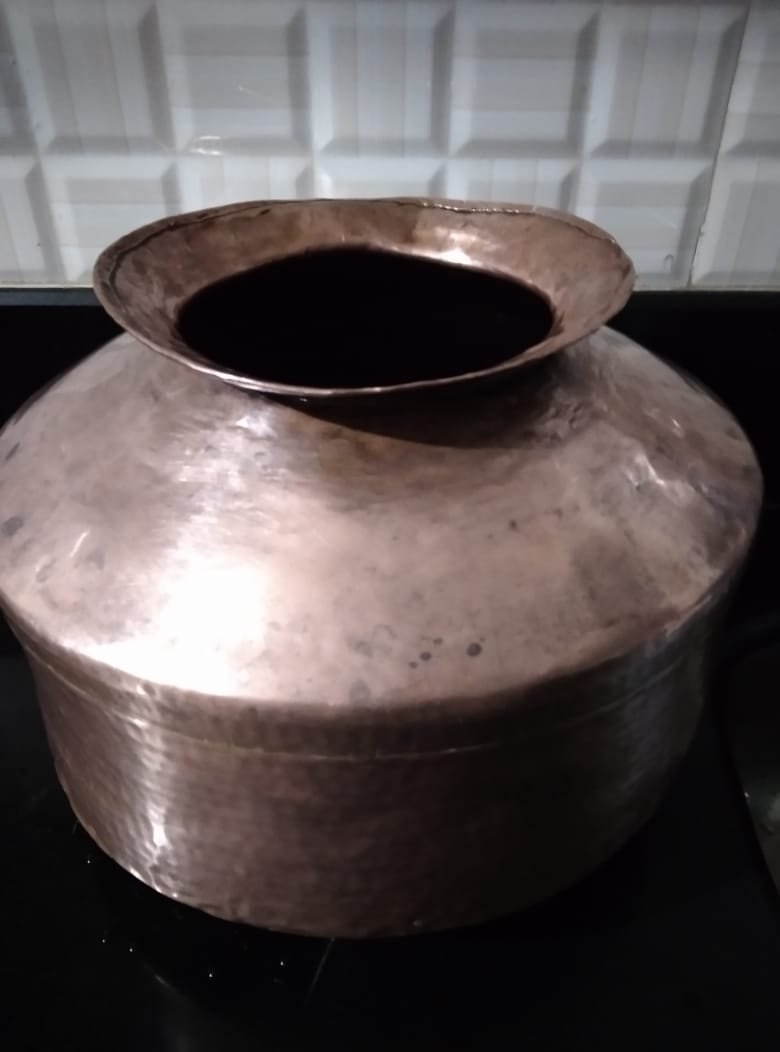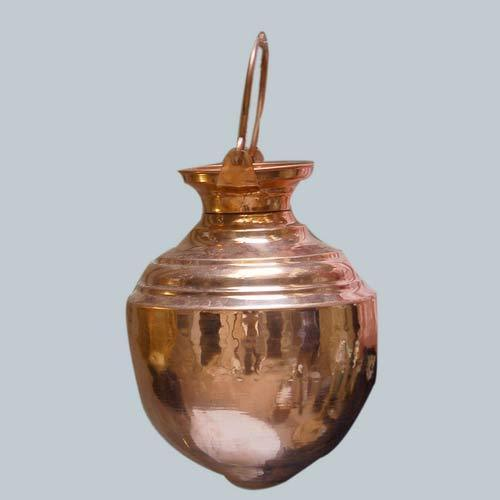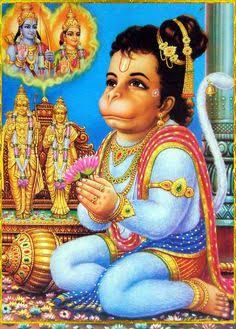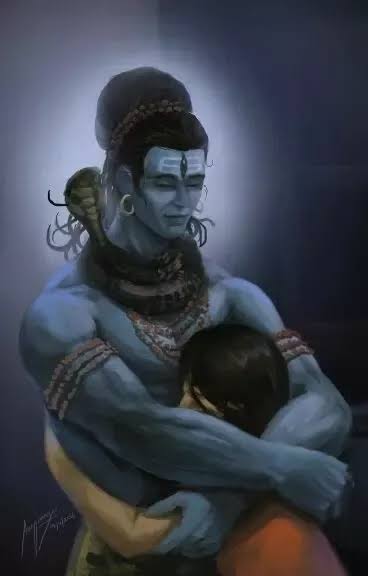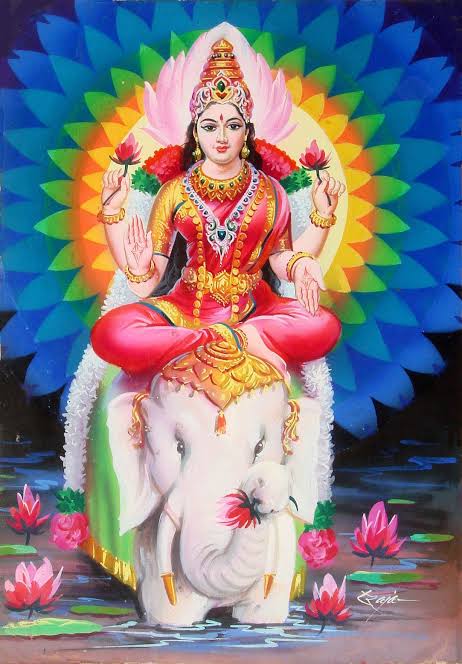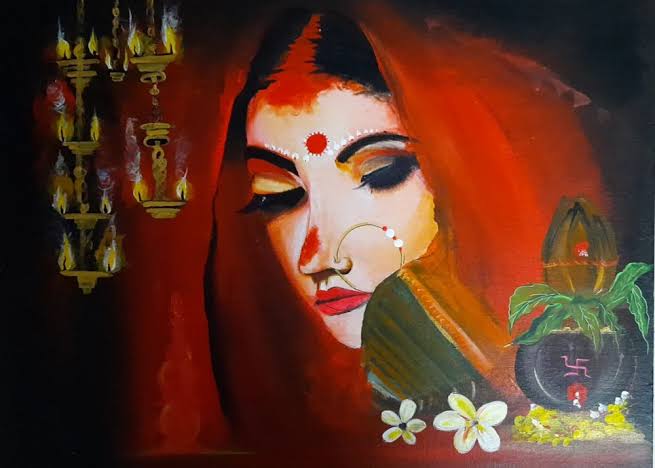
Krishna’s appearance as Jagannatha :
Its from The Utkala-khanda of the Skanda Purana (Utkal= traditional name for Orissa.):
Once, during a solar eclipse, Krishna, Balarama, Subhadra, and other residents of Dwaraka went to bathe in a holy pond at Kurukshetra. 1/9
Its from The Utkala-khanda of the Skanda Purana (Utkal= traditional name for Orissa.):
Once, during a solar eclipse, Krishna, Balarama, Subhadra, and other residents of Dwaraka went to bathe in a holy pond at Kurukshetra. 1/9
https://twitter.com/HinduMediaWiki/status/1315590285443899392
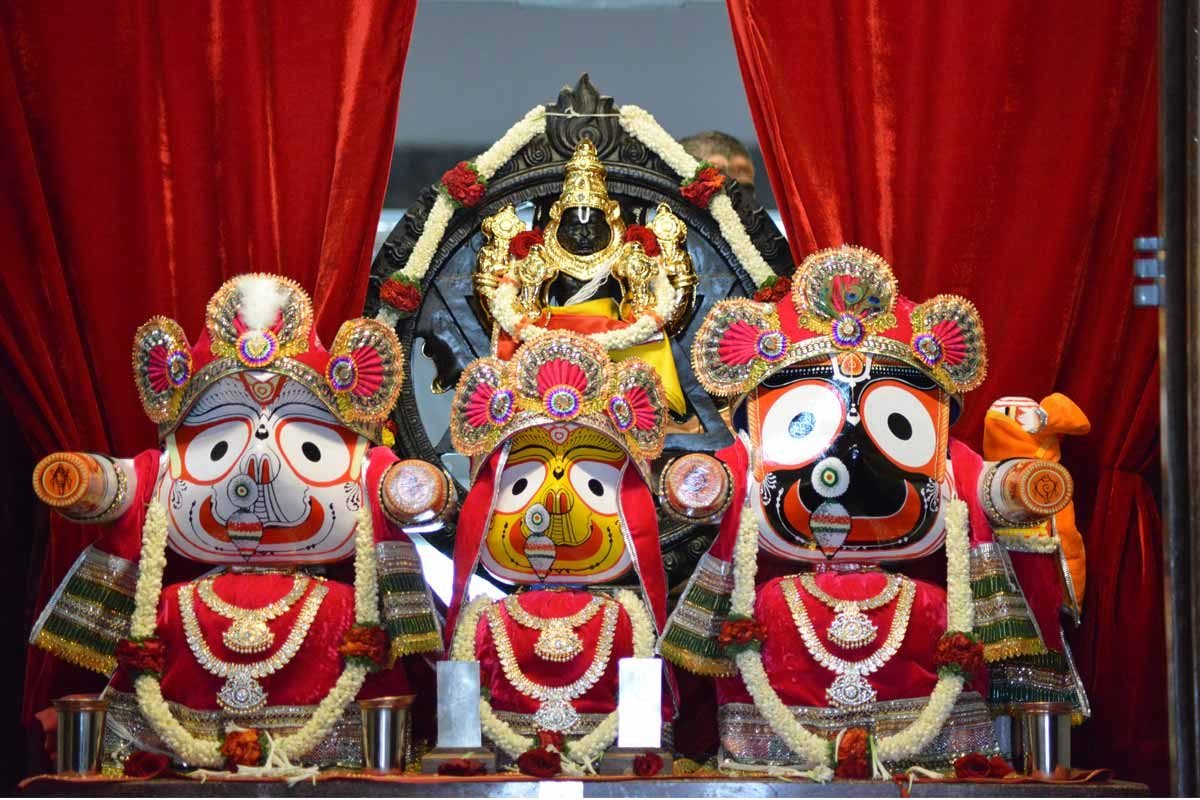
Knowing that Krishna would be there. Krishna’s parents Nanda and Yashoda, and other residents of Vrindavana, who were burning in the fire of separation from the Lord, went to meet Him.
Inside one of the many tents the pilgrims had set up at Kurukshetra, Rohini, Lord Balarama’s mother, narrated Krishna’s Vrindavana pastimes to the queens of Dwaraka and others.
The residents of Dwaraka are said to be in the mood of opulence (aishvarya), and they worship Krishna as the Supreme Lord. But the residents of Vrindavana are in the mood of sweetness (madhurya), and they have a confidential relationship with Krishna.
And that relationship surpasses awe and reverence because it is based on friendship and love. Rohini’s narration was thus extremely confidential, so she posted Subhadra at the door to prevent anyone from entering.
Krishna and Balarama came to the door and stood on Subhadra’s left and right sides. While listening to Rohini’s narration of Krishna’s intimate Vrindavana pastimes, Krishna and Balarama became ecstatic, and Their internal feelings were exhibited externally.
Their eyes became dilated, Their heads compressed into Their bodies, and Their limbs retracted. Seeing these transformations in Krishna and Balarama, Subhadra also became ecstatic and assumed a similar form.
Thus, by hearing about Krishna’s pastimes in Vrindavana, Krishna and Balarama, with Subhadra in between, displayed their ecstatic forms of Jagannatha, Baladeva, and Subhadra.
A familiar and lovable name of Lord Jagannath is 'Chakadola', meaning round eyes. The word 'Chakadola' is synonymous with 'Chakanayana', 'Chakaakshia'. Unlike those of Lord Balabhadra and Goddess Subhadra, the eyes of Jagannath are round in shape.
• • •
Missing some Tweet in this thread? You can try to
force a refresh

